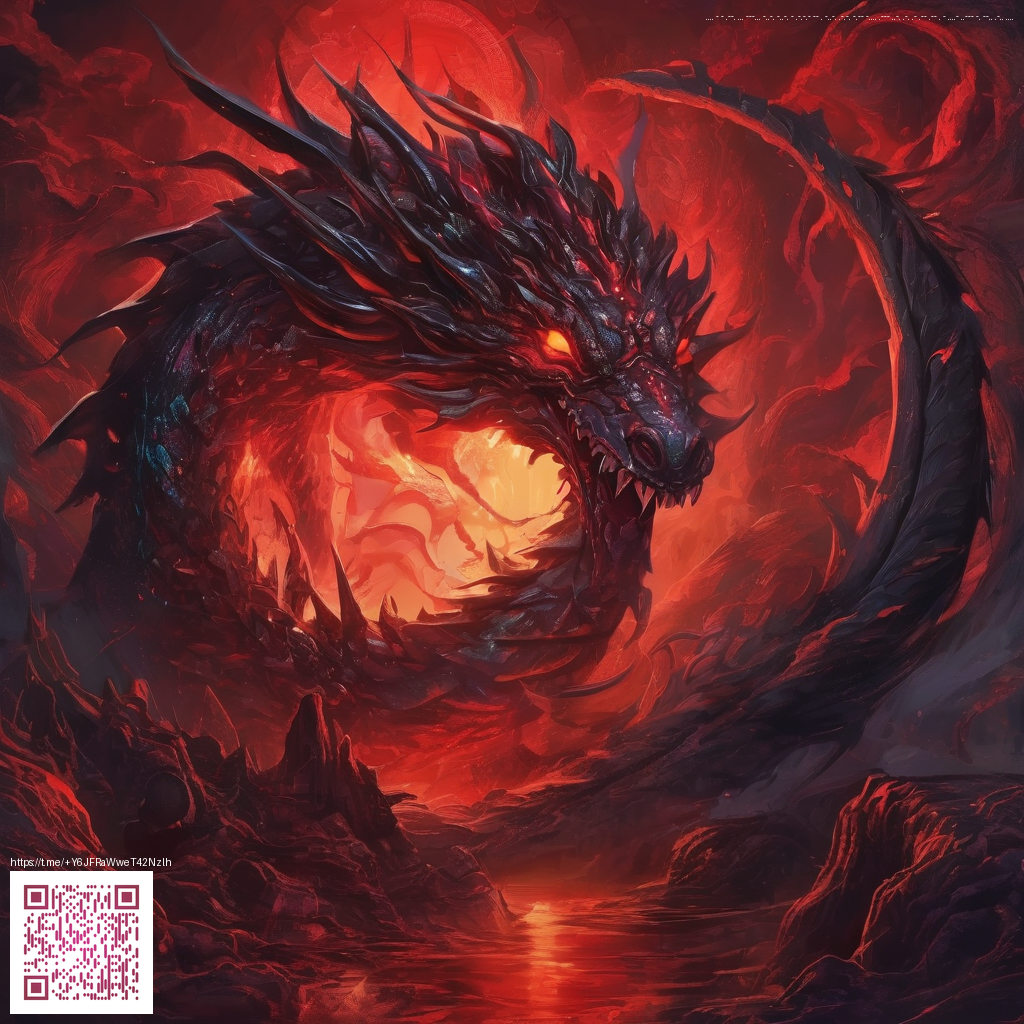
Using Subtle Linen Paper Effects in Branding
Texture has a way of communicating quality before a single word is read. Subtle digital linen paper effects mimic the warmth and tactility of real linen, giving digital assets a quiet depth that supports rather than competes with your message. When applied with restraint, these textures can make typography feel anchored, banishing the cold sterility that sometimes plagues modern interfaces.
Brands are increasingly embracing tactile cues in the digital realm to create trust and familiarity. Linen-inspired textures act like a soft frame around your core storytelling—revealing just enough texture to feel premium, while preserving clarity across devices and print collateral.
Why Use Subtle Linen Texture
A well-judged linen texture adds nuance without crowding the content. A light weave can catch the eye in a way that guides attention to your headline or call-to-action, yet it fades gracefully in large blocks of color or generous whitespace. The result is a visual rhythm that feels crafted rather than manufactured, giving your brand a sense of heritage without sacrificing modern polish.
Practical Applications Across Brand Touchpoints
- Website hero banners and feature sections where a soft backdrop makes typography pop without competing with it.
- Social templates and email headers that require legibility while still carrying a tactile personality.
- Business cards, letterhead, and stationery that convey a premium feel through a restrained texture.
- Product packaging visuals and online product images that hint at craft and care.
- Marketing decks and pitch materials where texture adds depth to charts and diagrams without overpowering them.
“Subtle textures should support the message, not steal focus.”
For designers seeking a tangible reference, consider pairing digital linen textures with physical desk accessories—such as the Custom Desk Mouse Pad 9-3x7-8 in White Cloth Non-Slip—during the concepting phase. This kind of cross-media exploration helps ensure the texture translates well from screen to surface and remains cohesive across brand rituals.
If you’d like to see how this approach plays with different color palettes and typography, you can explore additional examples on a curated page that showcases related textures and compositions. The ideas link back to real-world branding choices and how subtle linen effects blend with visual storytelling.
Using linen textures effectively is less about showing off a pattern and more about shaping mood. A barely-there weave can soften sharp edges, while a slightly more pronounced grain can inject character into a brand’s digital identity. The key is to keep the texture consistent across assets and to test contrast carefully so that readability never suffers.